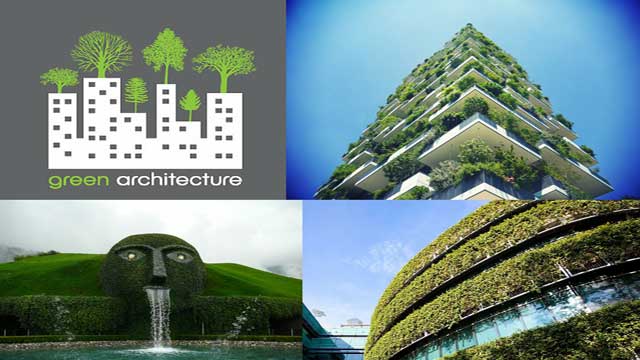
Intelligent Building Library Study Presentation
Intelligent Building is that through their physical design and IT installations are responsive, flexible and adaptive to changing needs from its users and the organizations that inhabit the building during its life time. The building will supply services for its inhabitants, its administration and operation & maintenance. The intelligent building will accomplish transparent ‘intelligent’ behavior, have state memory, support human and installation systems communication, and be equipped with sensors and actuators.
Intelligent Building Characteristics
- Be flexible and responsive to different usage and environmental contexts. Such as office, home, hotel, and industry invoking different kinds of loads from nature, people, and building systems,
- Be able to change states (clearly defined) with respect to functions and user demands over time and building spaces (easy to program and reprogram during use)
- Support human communication (between individuals and groups)
- Provide transparent intelligence and be simple and understandable to the users (support ubiquitous computers and networks)
- Accomplish ‘intelligent’ behavior (self-diagnosis, trigger actions on certain events and even learn from use)
- Have a distributed long term and short term memory
- Contain tenant, O&M, and administration service systems
- Be equipped with sensors (stationary and mobile) for direct or indirect input and manipulation of signals from users, systems and the building structure
- Be equipped with actuators for direct or indirect manipulation installations and the building structure.
- Provide canalization (information roads) that shall house ‘wires’ carrying new services
- Be able to handle high bandwidth information transfer.
Here is a brief presentation on the term “Intelligent Building” and its relation with concept of energy efficiency.



